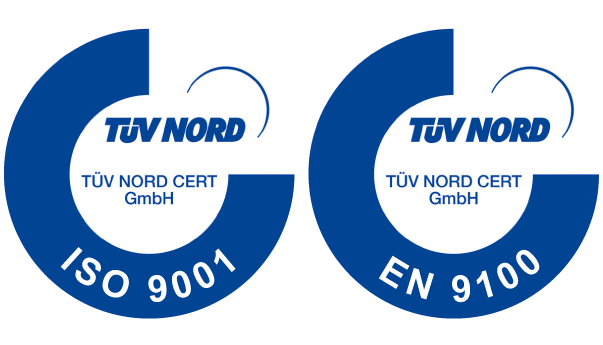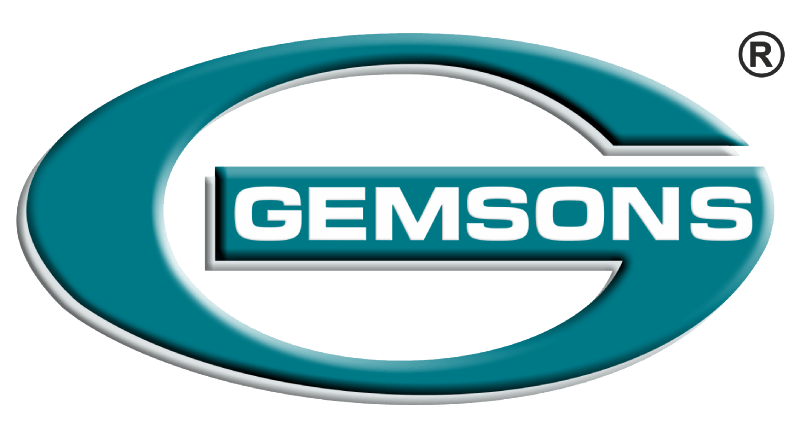Computer Numerical Control enables machine-tool functionality. In CNC, the computer is fully responsible for moving the cutting heads on a lathe, the wire on an EDM, or the bits mill, rather than manually controlling a cutting tool, or even the mechanical cutting to a fixed template. Manual input will be required, but the machine performs the device according to a preset program once it has been started.
Machining is the process involving the use of rotary cutters to form the material to the user’s advantage. This method effectively extracts materials from stock for the production of essential parts. Several machining operations are available, and some have larger components, while others provide smaller components for huge production processes. CNC Machining is very common and commonly used by a variety of industry functions. It is a requirement for virtually every industry, as it is likely to manufacture many pieces.
Various types of CNC Machining parts are available that can be used for machining. CNC machining, however, is one of the most effective processes. Computer Numerical Control or CNC requires machines to monitor the milling system operations. This application is essential and can remove the material with a single axis from stock. It is typically done for engraving and dye inking purposes. The CNC window and door machining centre feature many other machines, including a bullnose cutter. When these tools are used in this process, the milling system’s accuracy can be increased, and the working speed can be easily maintained simultaneously.
Any precision CNC machining part is likely to run beyond a single axis, as previously discussed. This provides more influence of the milling process and further complexity of the finished product. The multi-axis computer is one of the most sophisticated computers. This unit has multiple access controls to free the workpiece, which is horizontally mounted and can be worked and rotated from various angles. This way, it can introduce complexity to the CNC system and provide more power to the end-user.
Benefits of CNC machining
One of the critical benefits of CNC machining is that it produces a product that is made much better than what we can get if humans power it. The software that runs these devices can be easily modified to meet all the end product’s needs. In this way, a better product will also save time for human labour to manufacture it. The cost may then be reduced.
If the CNC Machining is assembled, the CNC operator will have to position the part to be cut into the machine and prepare and secure it. From there, the machine operator will start the machine and control the process. The CNC system will follow its instructions, making it relatively easy for the CNC operator to work. However, monitoring is a must if there is a problem that requires troubleshooting.
What are CNC Machines Used For?
Computer numeric control devices are used to manufacture all sorts of goods and parts. CNC machines can cut metal, acrylic, and other materials into precise shapes, drill holes and grind surfaces according to precise specifications. They can be used to engrave objects, embroidery objects, cut leather, and more. From car parts, nuts and bolts to medals, etched tags, and more, CNC machining is used to produce many manufacturing components. E.g., if you have an iPhone 5c, the colourful shell of your iPhone was CNC.
The CNC Machining is often considered the last step in the various engineering processes, such as metal manufacturing, or may be involved in the process. In contrast to other metalworking techniques, CNC machining can meet the high tolerance limit and is also capable of producing accurate and accurate objects that are used again and again in machines.


Recent Comments